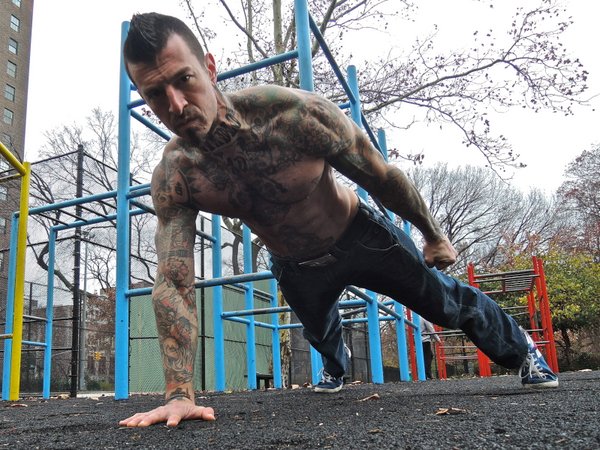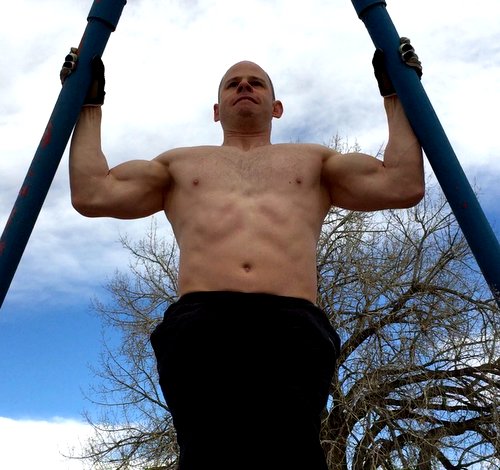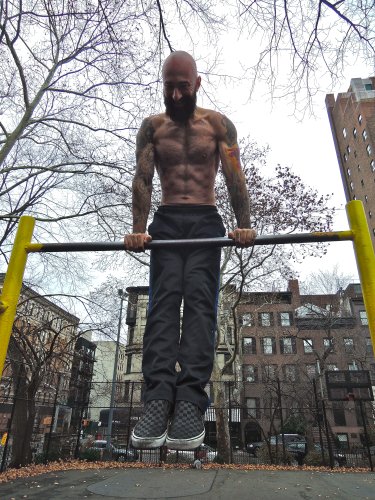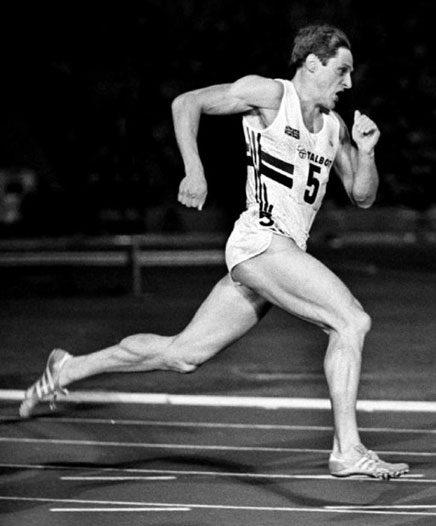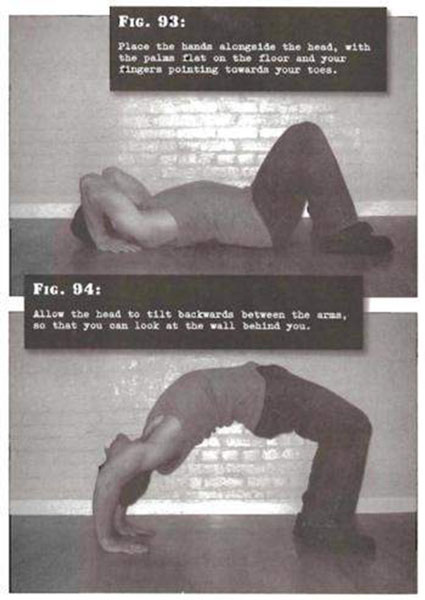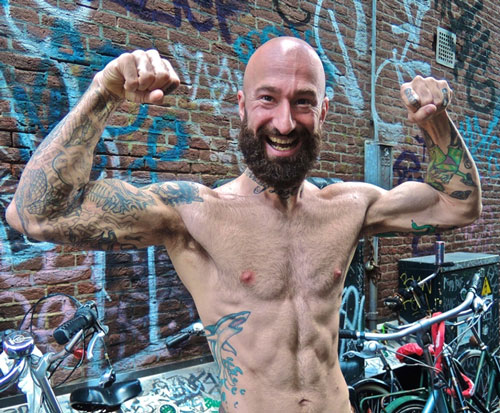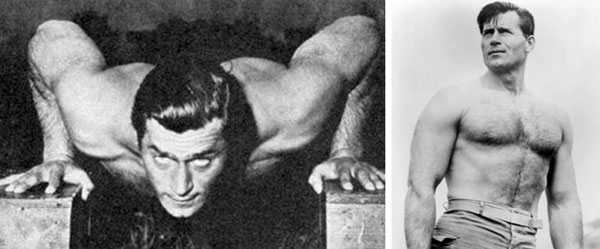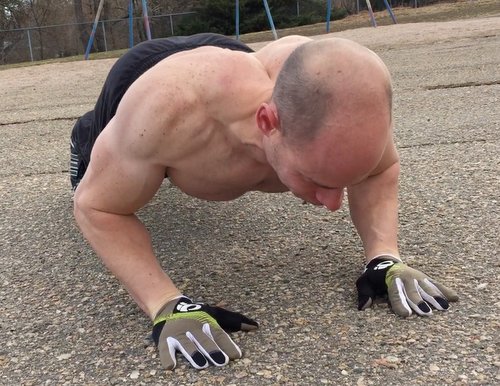Since the very first PCC workshop in St. Paul, MN in June 2013, Al, Danny, and I have continually been impressed by the people who are attracted to the PCC. It may sound like a cliché, but even though we are the instructors, we always learn tons from the attendees. This PCC in Encinitas, California was no exception, and possibly one of the most inspiring and educational workshops yet. One of the things that I most admire about Al and Danny as Master PCC Instructors is their continued commitment to constantly honing and improving how they teach and present the PCC. Since I haven’t had a chance to teach alongside them in several months, it was even more obvious to me how much they had tightened up the already great curriculum for maximum results.
The group of participants at the Encinitas workshop was especially unique. For starters, some came from the immediate area, but others arrived from as far away as the East Coast, Japan, Brazil, and Puerto Rico. While the majority of participants are usually fitness professionals, this group also included an IT security expert, people working in construction, retired law enforcement officers and firefighters, a current firefighter, active and former military, physical therapists, a research scientist, an attorney, a teacher, a US Marine MAIT (Martial Arts Instructor Trainer), along with many very accomplished personal trainers and coaches. Even beyond that, the age range of the participants (18 to late 60s) was nearly as impressive as the extreme skills and strength exhibited by the older attendees.
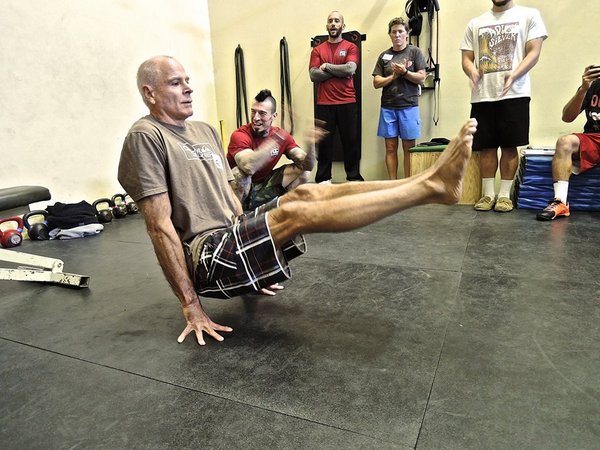
Danny and I had a funny conversation over the past weekend about how we’ve both started to see our ages as a bragging point—not unlike when we were kids on the playground! (“Oh yeah? I’m TEN so I get to go on the monkey bars first!”) But we also both agreed that because of our training and lifestyles, we feel as good now—if not better—than when we both were younger. Personally, I know for a fact I’m far better coordinated, stronger and more skilled than when I was just thirty. Age does not have to mean a decline in strength or ability—regardless of what the mainstream media constantly tells us. The attendees in their 40s, 50s, and 60s were not slowing down at all, it was very clear that their ages were just an indication that they’d had more time to practice! They were irrefutable proof that you really can train with progressive calisthenics for a lifetime—a strong, able, enjoyable and healthy lifetime.

Another pattern with this group were some of the incredible comeback stories (which you will be hearing much more about in future interviews on DragonDoor.com). The participants in Encinitas were so driven that age, an accident, life-threatening incident, or even the loss of a limb in the past could not stop them from excelling at their training—and getting the most out of this workshop.
During the Century, Al, Danny and myself each had a testing station, and the number of participants was such that one person would be testing on their own at the end with Al Kavadlo. David Rodriguez who had been inspiring everyone all weekend, waited until the very last to take his test. David (pictured below) has one prosthetic leg, but was so strong, skilled, and agile that I honestly kept forgetting that anything was different about him at all. His incredible attitude effected the group on a very deep level, which was fully evidenced during his test. David not only passed, but SMASHED each part of the Century Test to a soundtrack of our cheers and short periods of awed silence. As he strongly completed the 10th pull up (and looked like he could go for at least 10 more) the emotions in the room ran strong. David’s hand is probably still sore from all the high-fives…

In addition to the curriculum, other benefits of attending the PCC of course includes networking with other fitness professionals and enthusiasts. And while friendships are always formed at the PCC, this time they seemed to happen right from the beginning. Normally it takes about a day for a group to gel, but for some reason, at the Encinitas PCC, this process started right on the first day. At one point I nearly mistook a pair of training partners for old friends or even family. It’s actually a shame that these two guys live across the country from each other because they are ideal workout partners. Originally, Russell Demczak and Alex Martinez paired up for some of the drills because they have similar builds, then continued to train and excel together during the whole weekend. During the extremely advanced back lever portion of the workshop, despite it being near the end of the day, each of their reps showed marked improvement.
Steady improvement was another universal theme for the weekend. While we always see drastic improvements, PRs, and other victories great and small, I was particularly impressed with the sheer volume of incremental and steady improvement from everyone. Can’t wait to see what these people are doing six months from now!
I don’t like to speak for others, but feel safe to say that all the PCC instructors this past weekend were honored to teach such a fun, accomplished and inspiring group at the Encinitas PCC.

Hope to see you at a PCC Workshop soon,
Adrienne Harvey, Senior PCC Instructor
***
About Adrienne Harvey, Senior PCC Instructor, RKC-II, CK-FMS, Primal Move Nat’l Instructor: Originally RKC Certified in 2010, and RKC Level 2 certified in 2011, kettlebell and bodyweight training have been crucial in Adrienne’s personal quest for fitness. A core member of the PCC team, Adrienne loves sharing her knowledge with small groups and individuals. She also loves to develop recipes and workout programs to further support performance, body composition, and of course—FUN. Go to http://www.giryagirl.com for more information about Adrienne!


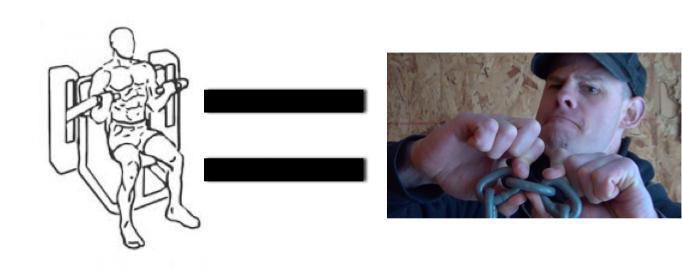 As you can imagine, this approach has some serious disadvantages. While it is possible to emphasize a few choice links, the amount of actual workload you can place on those links is very limited. Compare this with pulling on the whole chain with your entire body, and placing far more total tension on each link.
As you can imagine, this approach has some serious disadvantages. While it is possible to emphasize a few choice links, the amount of actual workload you can place on those links is very limited. Compare this with pulling on the whole chain with your entire body, and placing far more total tension on each link.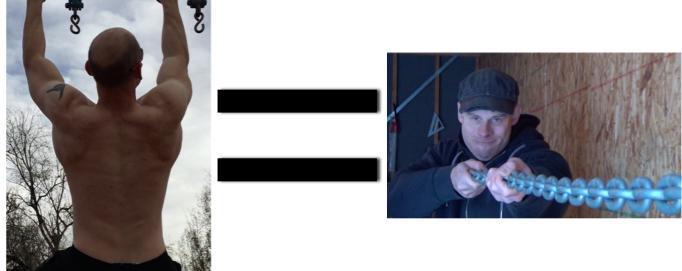
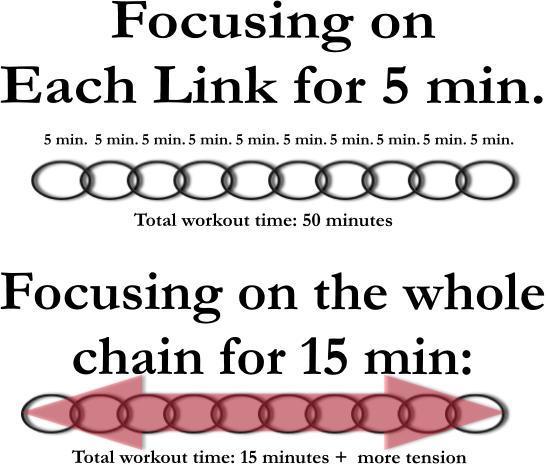
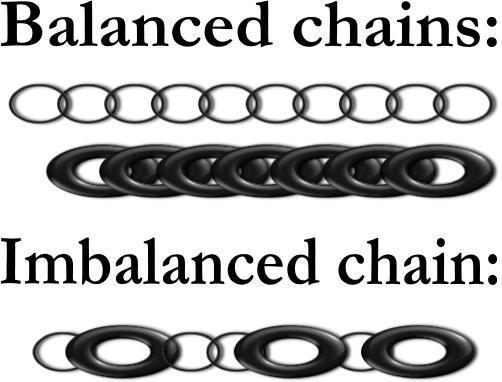
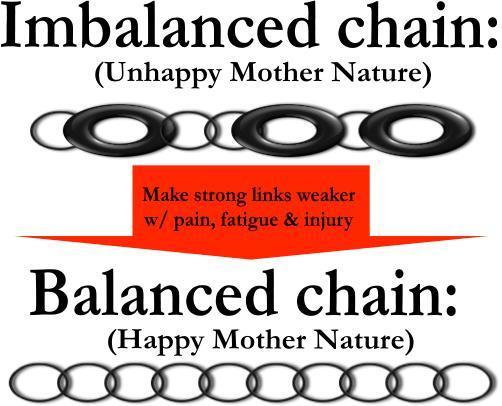
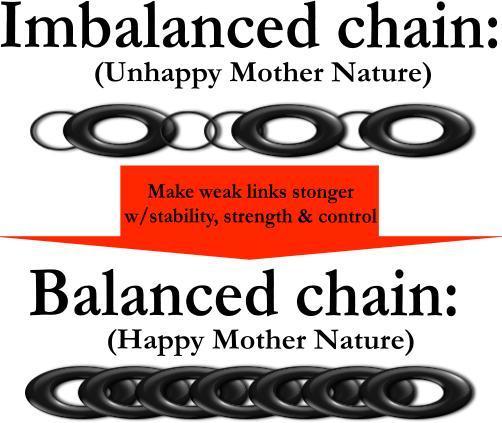


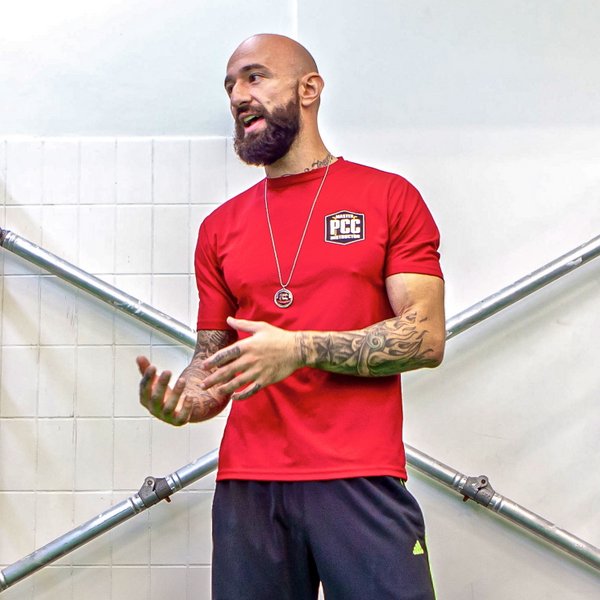
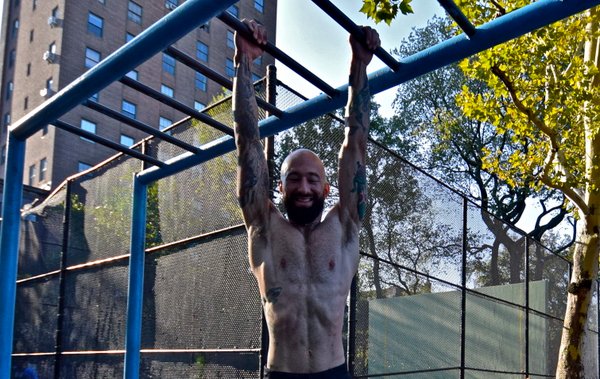
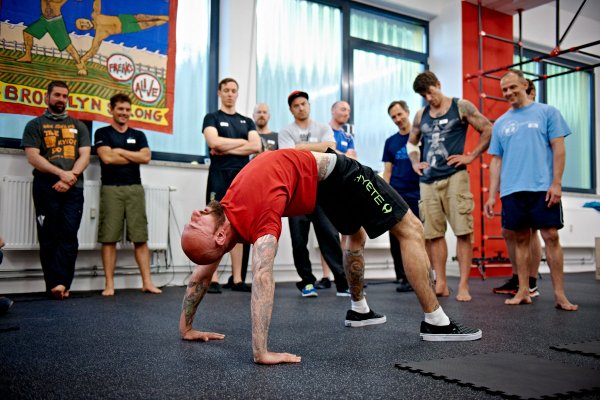
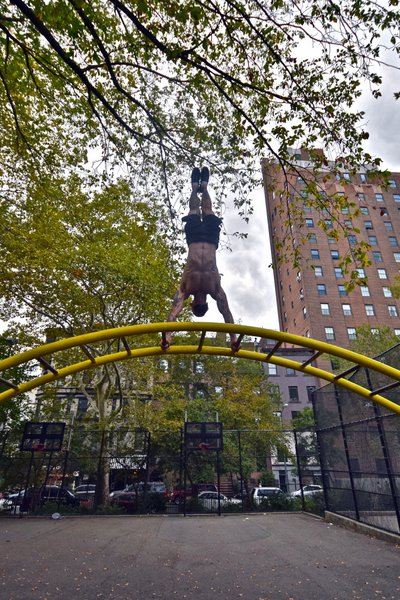
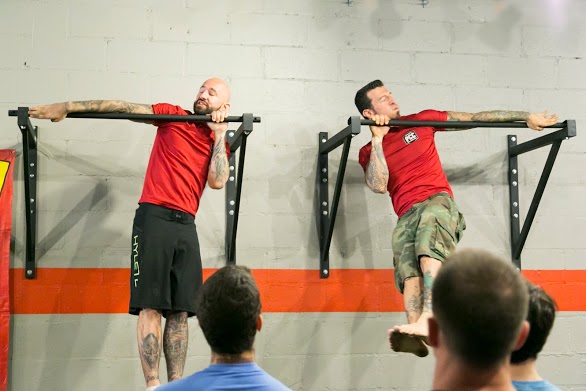
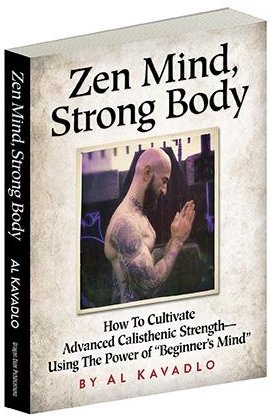 Now available from Dragon Door Publications:
Now available from Dragon Door Publications: